Roof Replacement – Everything You Need to Know
Did you know that your roof is the single largest source of indoor air pollution? In fact, according to the American Lung Association, up to 20% of your household’s indoor air pollution can be attributed to your roof. That’s a lot of rotting leaves, tree roots and other junk that gets blown inside your home in the winter months. How much does your roof cost? How long will it take to fix it? And what can you do about it? Let’s discuss all of these things in greater detail.
# Roof Replacement – Everything You Need to Know
Did you know that your roof is the single largest source of indoor air pollution? In fact, according to the American Lung Association, up to 20% of your household’s indoor air pollution can be attributed to your roof. That’s a lot of rotting leaves, tree roots, and other junk that gets blown inside your home in the winter months.
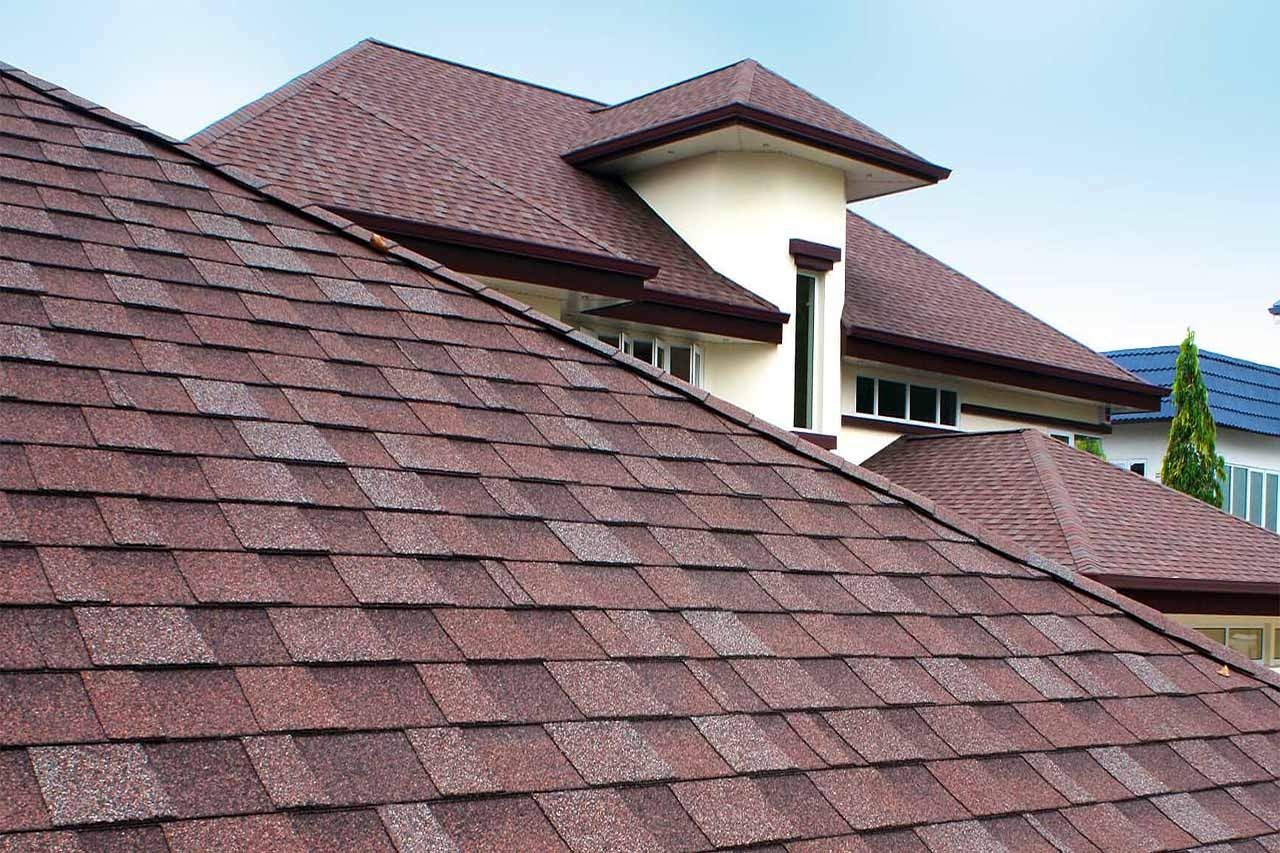
How much does your roof cost? How long will it take to fix it? And what can you do about it? Let’s discuss all of these things in greater detail.
What is a roof?
A roof is the protective covering that shields your home or building from the elements, providing shelter and security. It is the topmost part of a structure, acting as a barrier against rain, snow, wind, and sunlight. A roof is typically composed of various materials, such as shingles, tiles, metal, or even thatch.
The primary function of a roof is to prevent water and other debris from entering the building. It also helps to regulate temperature and provide insulation, ensuring that the interior remains comfortable regardless of the weather outside. Additionally, a well-maintained roof enhances the overall aesthetics of a property, adding value and curb appeal.
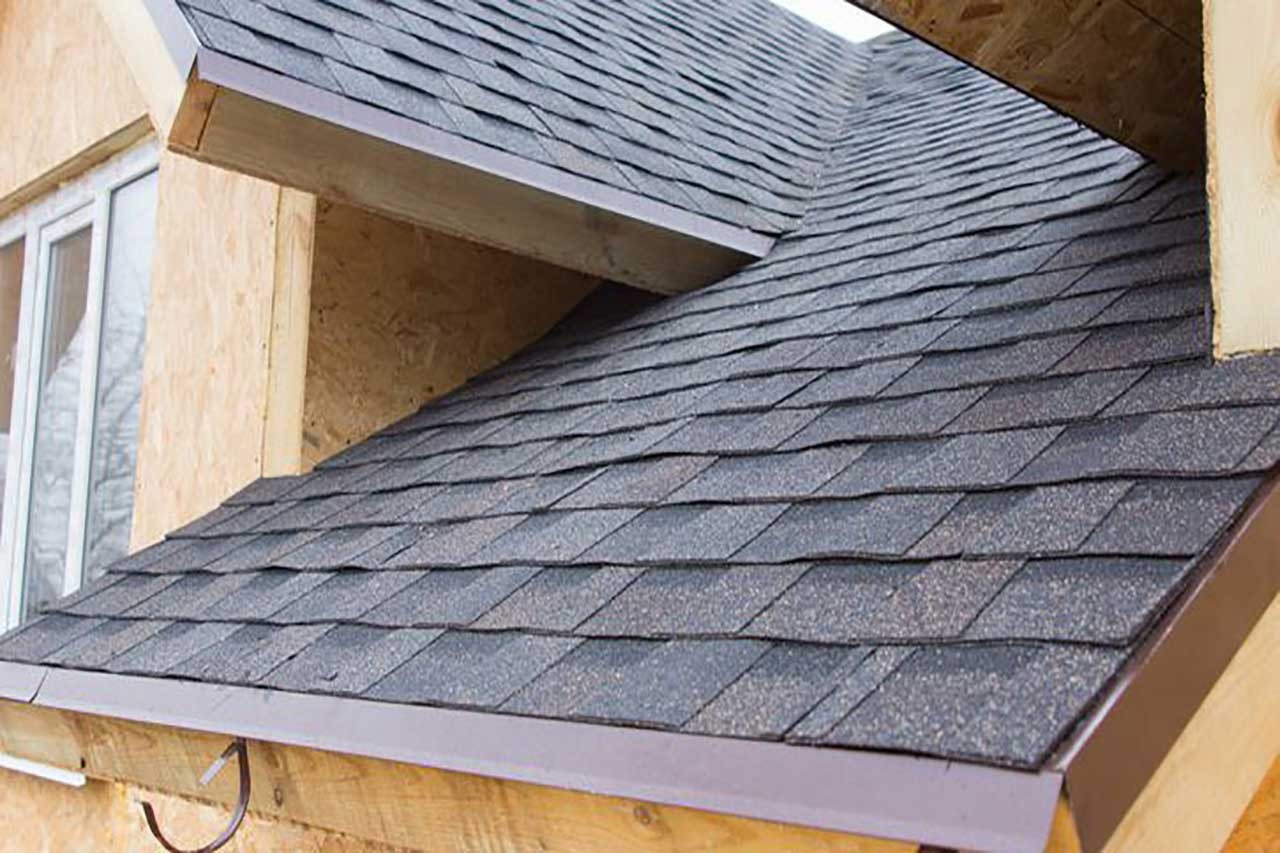
Roofs can come in different shapes and sizes, depending on the architectural style of the building. Some common roof types include gable, hip, flat, shed, and mansard roofs. Each design offers unique advantages and considerations, determining the overall performance and maintenance requirements.
In summary, a roof is not just a mere covering but a crucial component that protects your home, enhances its appearance, and contributes to your overall comfort.
How Does a Roof Work?
Understanding how a roof works can help you appreciate the importance of regular maintenance and the need for roof replacement when necessary. A roof is comprised of several layers, each serving a specific purpose to ensure its functionality and longevity.
The **roof deck** is the foundation of the roof, typically made of plywood or oriented strand board (OSB). It provides stability and a base for the rest of the roofing system.
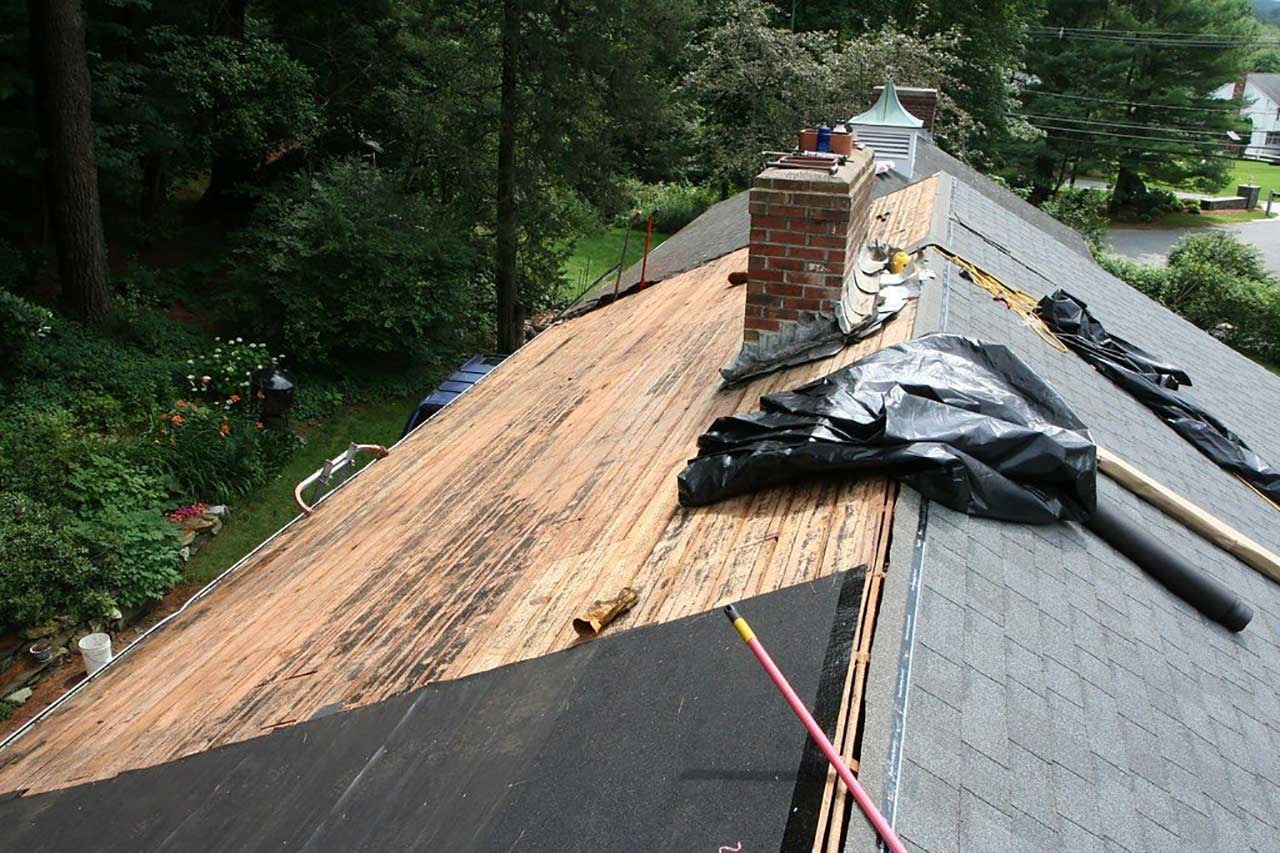
On top of the roof deck, you’ll find the **underlayment**, a waterproof barrier that protects against moisture intrusion. Common underlayment materials include felt paper or synthetic materials like synthetic underlayment.
The **roofing material** itself is the outermost layer and the most visible part of the roof. This can be shingles, tiles, metal panels, or other materials. The choice of roofing material depends on factors such as climate, budget, and aesthetic preferences.
To ensure proper drainage, roofs are equipped with a **gutter system**. Gutters collect rainwater and direct it away from the roof, preventing water damage and erosion. Downspouts are connected to the gutters, guiding the water further away from the foundation of the building.
Additionally, a **ventilation system** is crucial for maintaining a healthy roof. It allows for the escape of heat and moisture, preventing the buildup of mold, rot, and other issues.
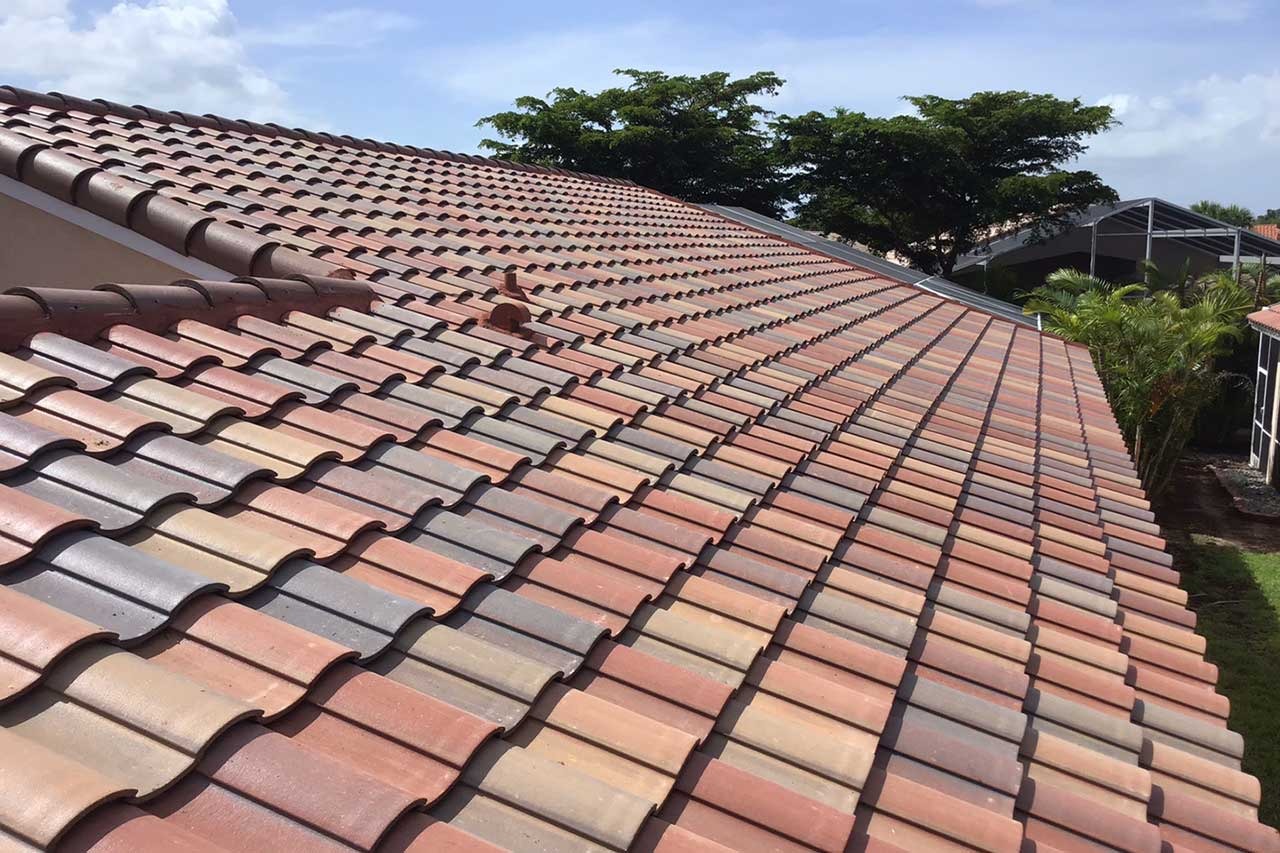
Proper ventilation can prolong the lifespan of a roof and reduce the need for repairs or replacements.
Overall, a roof functions as a comprehensive system that protects your home from the elements, regulates temperature, and ensures proper drainage and ventilation.
What Does a Roof Replacement Entail?
When it comes to roof replacement, several factors come into play. The process involves more than just removing the old roof and installing a new one. To ensure a successful roof replacement, several steps need to be followed.
The first step is **roof inspection**. A professional roofer will assess the condition of your existing roof to determine if a replacement is necessary. They will look for signs of damage, such as missing or broken shingles, leaks, sagging, or rot. Based on their findings, they will recommend whether a repair or a complete replacement is needed.
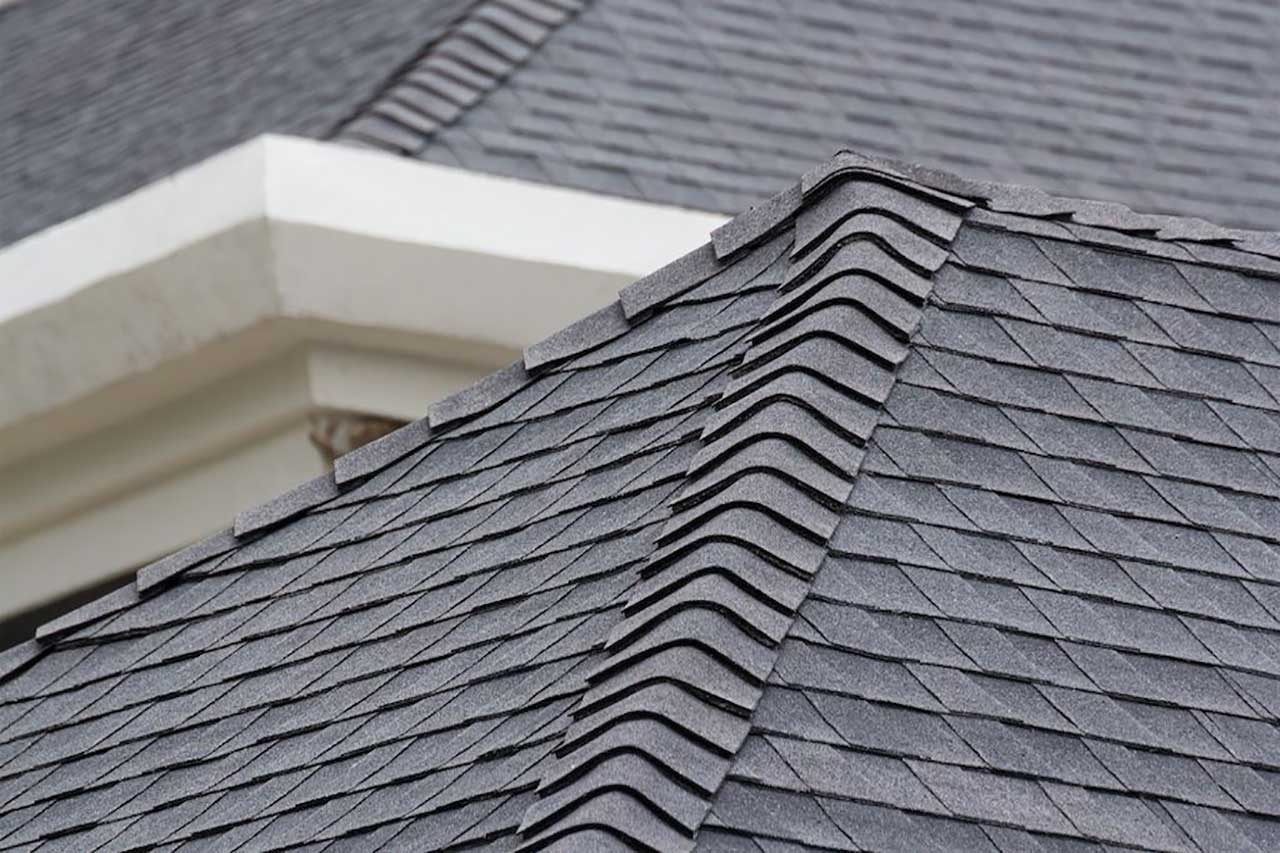
Once the decision for a roof replacement is made, the next step is **roofing material selection**. There are various types of roofing materials available, each with its own pros and cons. Common options include asphalt shingles, metal roofing, clay or concrete tiles, and slate. Factors to consider when choosing the material include durability, cost, energy efficiency, and aesthetic appeal.
After the material is selected, the **roofing contractor** will provide a detailed estimate and timeline for the project. This includes the cost of materials, labor, permits, and any additional services required. It is important to choose a reputable and experienced contractor to ensure a high-quality installation.
Once the project starts, the old roof will be **removed**. This involves stripping off the existing shingles, underlayment, and any damaged or rotting sections. The roof deck will then be inspected for any structural issues that need to be addressed before the new roof is installed.
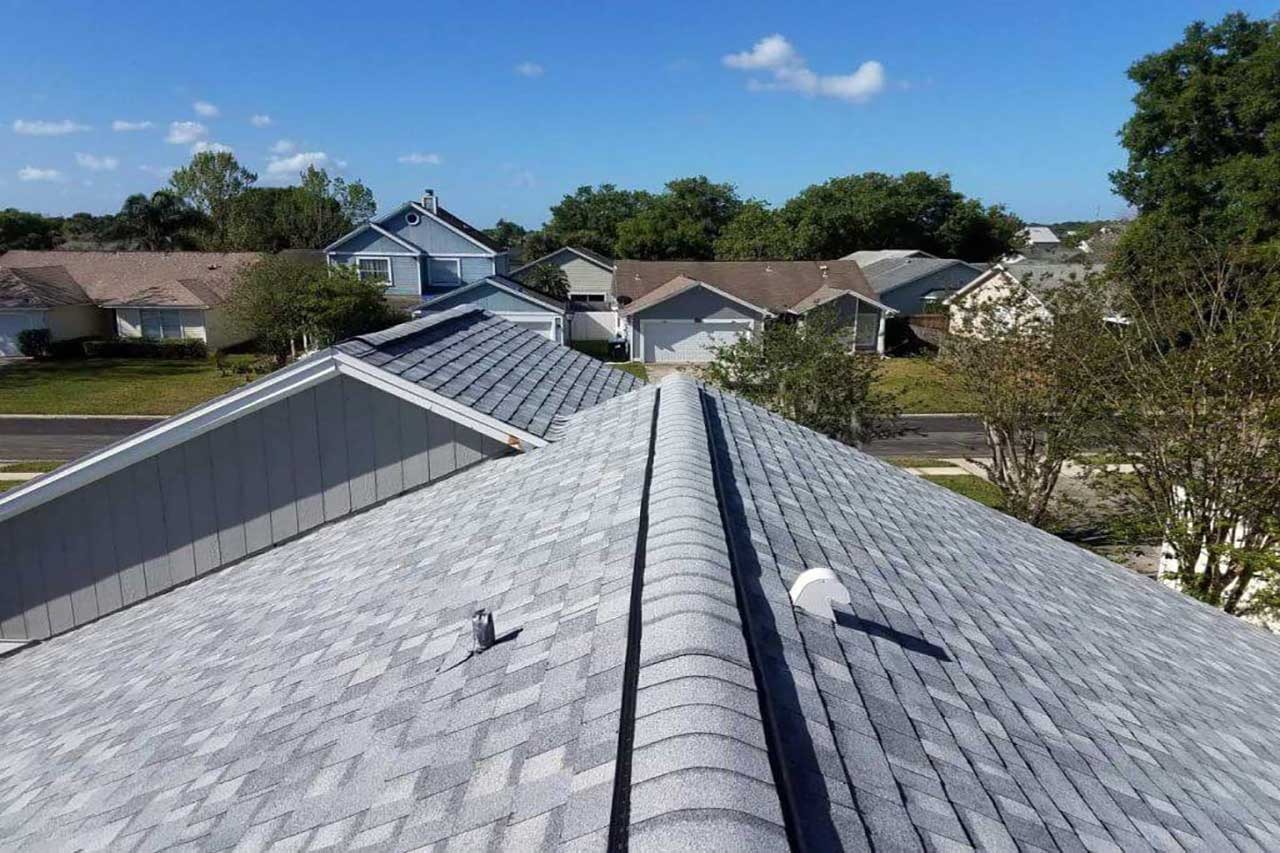
Next, the **roofing system** will be installed. This includes the underlayment, flashing, and the chosen roofing material. The installation process may vary depending on the specific material being used. The contractor will ensure proper sealing, fastening, and alignment to ensure a watertight and durable roof.
Finally, the **finishing touches** will be done, such as installing gutters, downspouts, and ventilation systems. The area will be thoroughly cleaned up, and the contractor will conduct a final inspection to ensure the roof replacement meets the required standards.
In conclusion, a roof replacement is a comprehensive process that involves careful inspection, material selection, and professional installation. It is essential to hire a reputable contractor and choose the right materials to ensure a long-lasting, durable, and aesthetically pleasing roof.
The Top 3 Types of Roofing
When it comes to roof replacement, choosing the right roofing material is crucial.
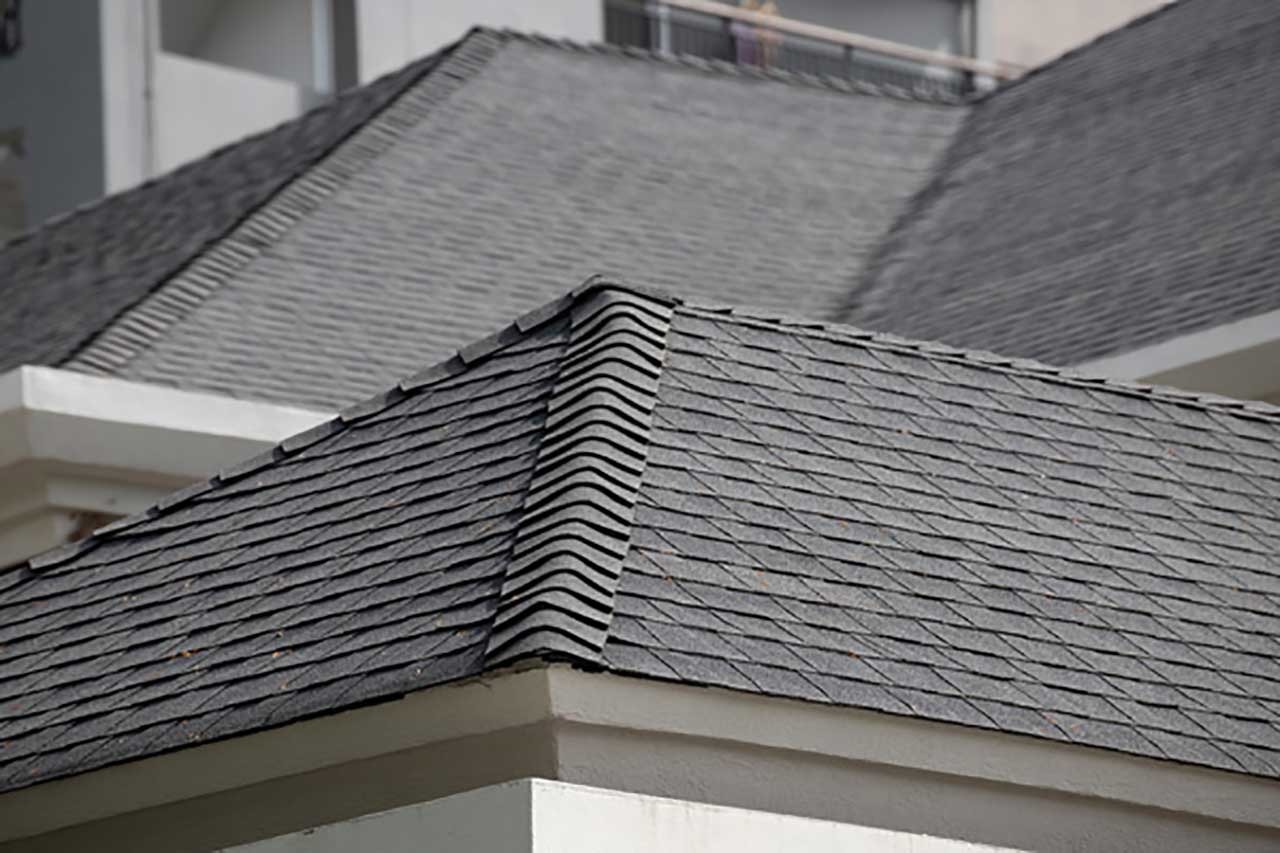
There are various options available, each with its own advantages and considerations. Let’s take a closer look at the top three types of roofing materials commonly used.
1. **Asphalt Shingles**: Asphalt shingles are the most popular and widely used roofing material. They are affordable, easy to install, and come in a variety of colors and styles. Asphalt shingles are durable and offer good protection against the elements. However, they have a relatively shorter lifespan compared to other materials and may require more frequent maintenance.
2. **Metal Roofing**: Metal roofs have gained popularity in recent years due to their durability, energy efficiency, and aesthetic appeal. They are available in various metals like steel, aluminum, or copper, offering different looks and performance levels. Metal roofs are known for their longevity, with some lasting up to 50 years or more. They are resistant to fire, rot, and insect damage.
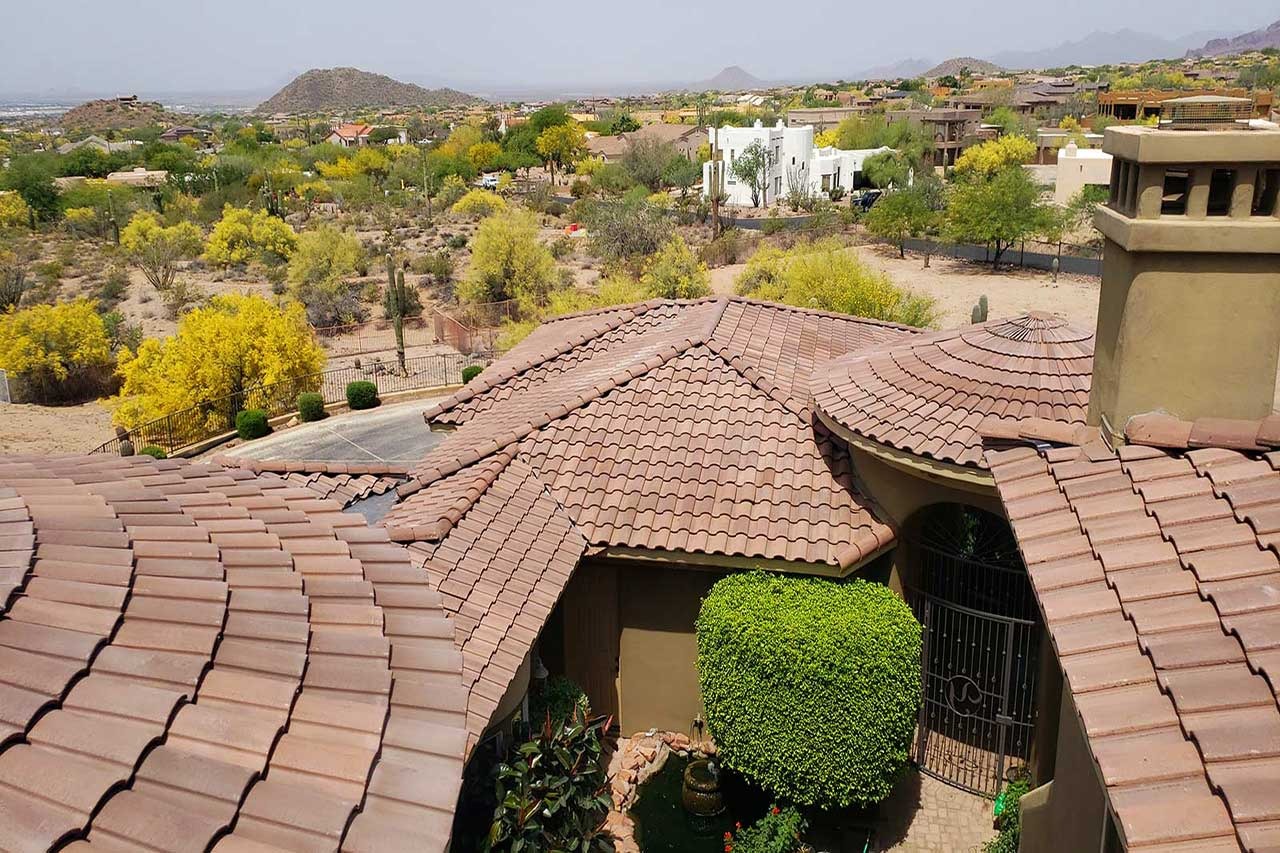
However, metal roofs can be more expensive upfront and may require professional installation.
3. **Clay or Concrete Tiles**: Clay or concrete tiles are known for their timeless elegance and durability. They offer excellent protection against extreme weather conditions, including high winds and fire. Tiles are available in various shapes and colors, allowing for customization to match the architectural style of the building. However, clay or concrete tiles are heavier than other roofing materials and may require additional structural support. They can also be more expensive and may require periodic maintenance to address issues like cracking or moss growth.
Ultimately, the choice of roofing material depends on factors such as budget, climate, durability, and aesthetic preferences. Consulting with a professional roofer can help you make an informed decision based on your specific needs and requirements.
Rebuilding a Roof
Rebuilding a roof is a significant investment and should not be taken lightly.
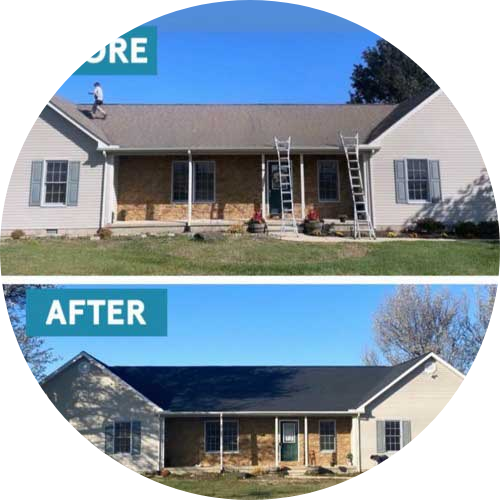
It requires careful planning, budgeting, and hiring the right professionals for the job. Here are some essential considerations when rebuilding a roof.
1. **Budget**: Determine your budget and set aside funds for the project. Keep in mind that a roof replacement is a long-term investment that adds value to your property. It is worth allocating sufficient funds to ensure a high-quality installation and long-lasting results.
2. **Permits and Regulations**: Check local building codes and regulations to ensure compliance. Depending on your location and the extent of the roof replacement, you may need to obtain permits or follow specific guidelines. Hiring a reputable contractor will help navigate the permit process and ensure everything is done according to the required standards.
3. **Contractor Selection**: Research and choose a reputable contractor with experience in roof replacements. Look for certifications, licenses, and positive reviews from previous customers.
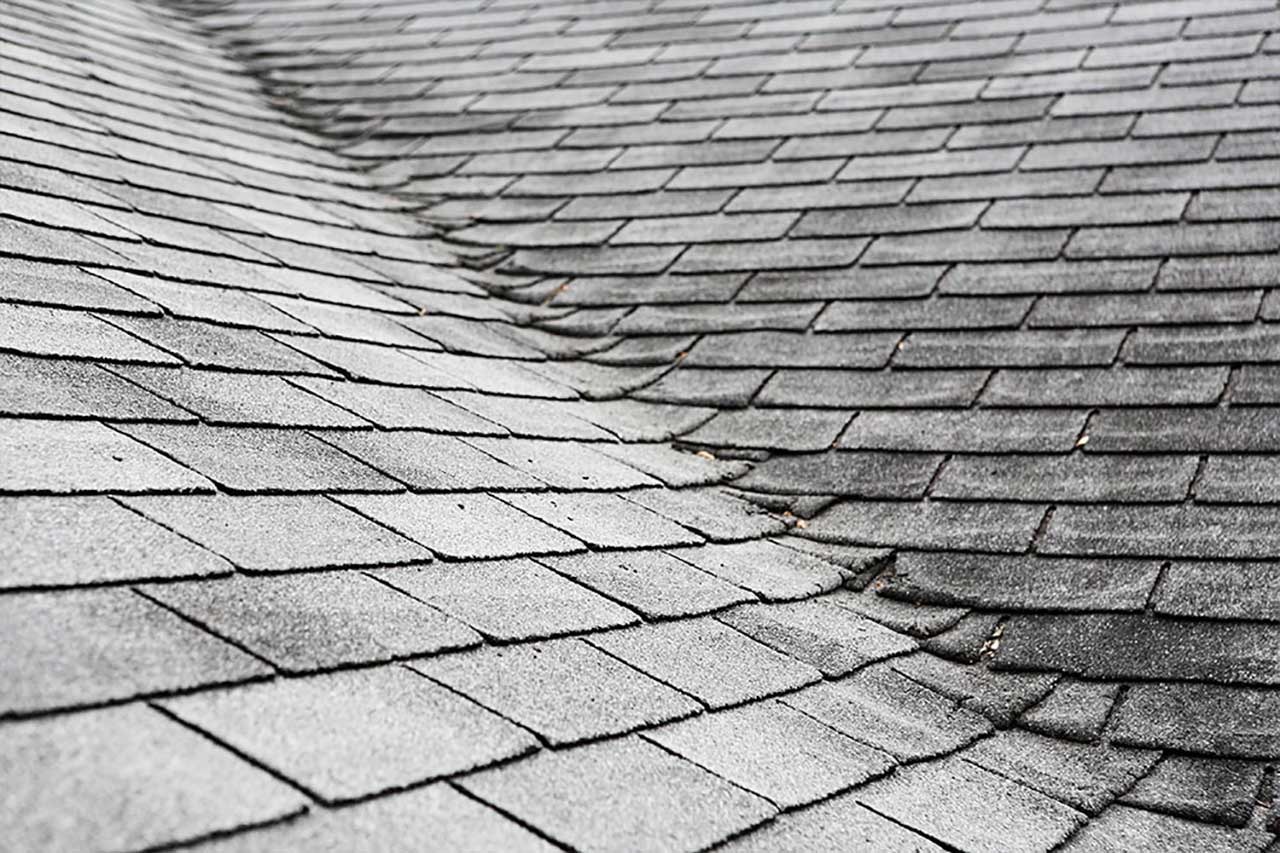
Obtain multiple quotes and compare them based on factors such as price, expertise, and warranties offered.
4. **Timeline**: Discuss the project timeline with the contractor and ensure it aligns with your expectations. Keep in mind that weather conditions and unforeseen issues may cause delays. It is essential to have open communication with the contractor throughout the process.
5. **Insurance Coverage**: Check your homeowner’s insurance policy to understand what is covered in a roof replacement. Discuss any potential claims or coverage with your insurance provider before starting the project.
6. **Maintenance**: After the roof replacement is complete, establish a regular maintenance routine to prolong its lifespan. This may include inspections, cleaning gutters, and addressing any issues promptly.
By considering these factors and working with professionals, you can ensure a smooth and successful roof rebuilding process.
Conclusion
Your roof plays a vital role in protecting your home from the elements and maintaining a healthy indoor environment.
Regular roof maintenance and timely replacements are essential to ensure its functionality and longevity. By understanding the basics of roofs, the roof replacement process, and the top types of roofing materials, you can make informed decisions when it comes to maintaining or rebuilding your roof. Remember to consult with professionals, conduct thorough research, and allocate sufficient funds to ensure a high-quality roof that will stand the test of time.
Click Here To Learn More
